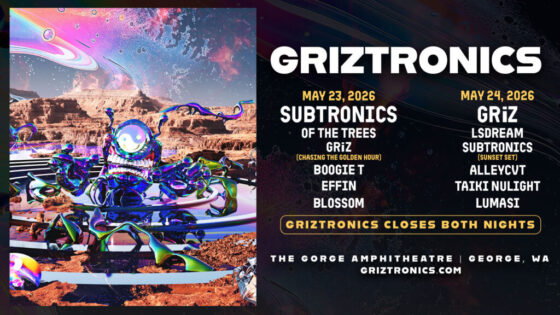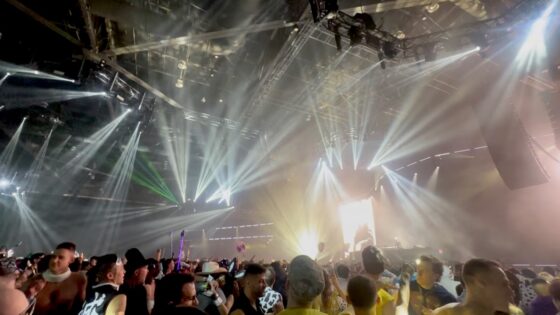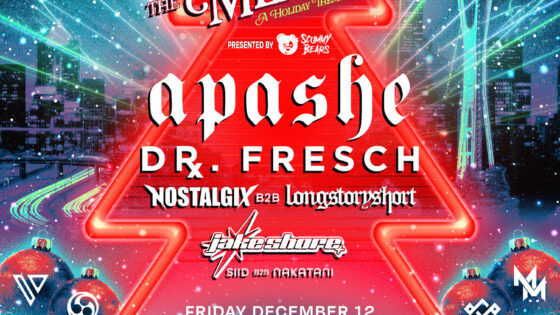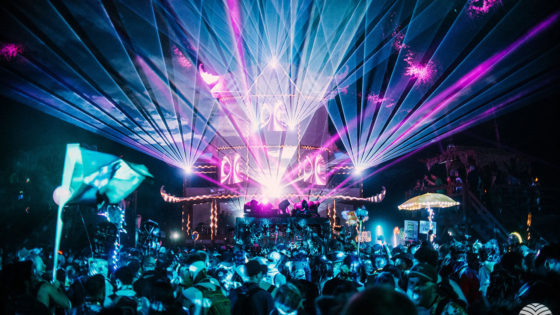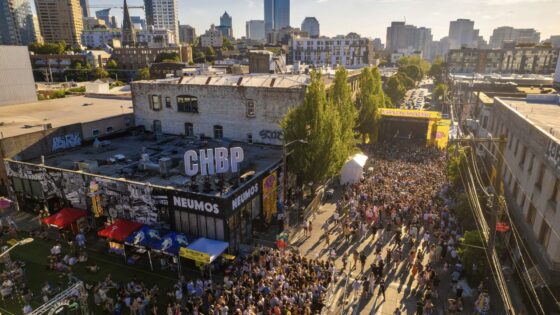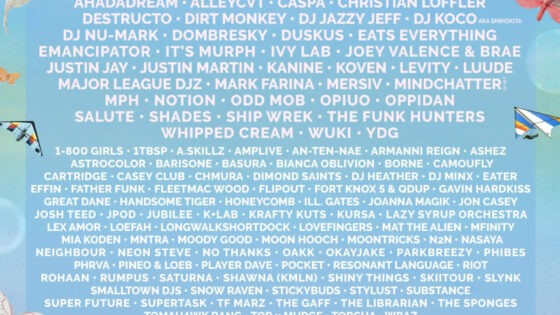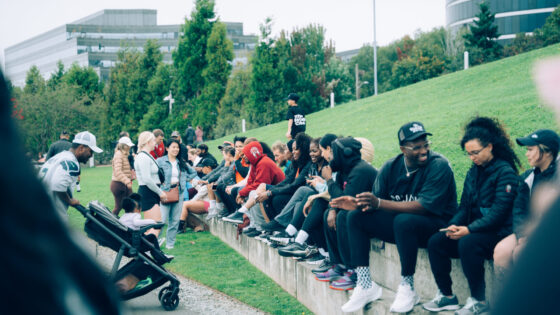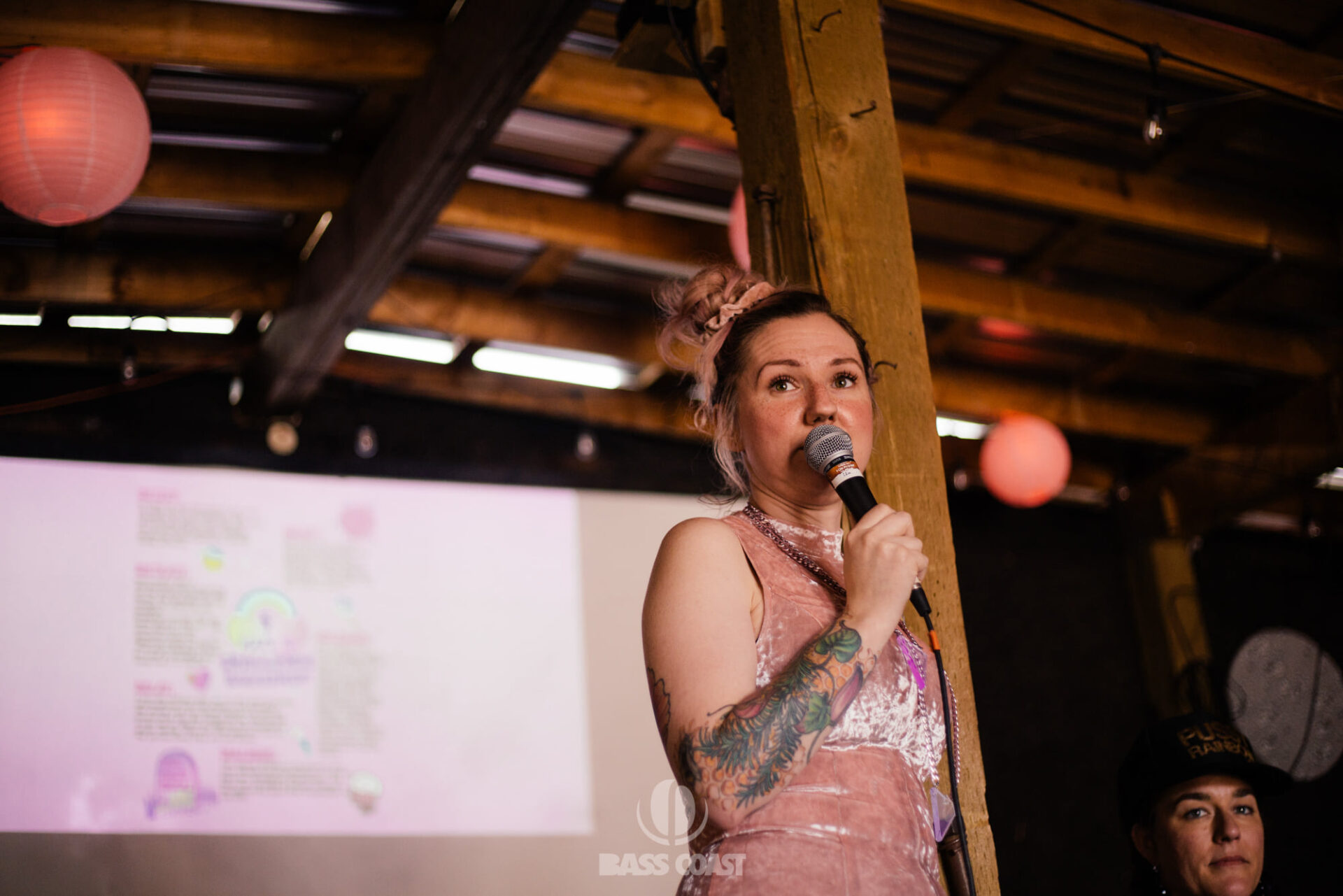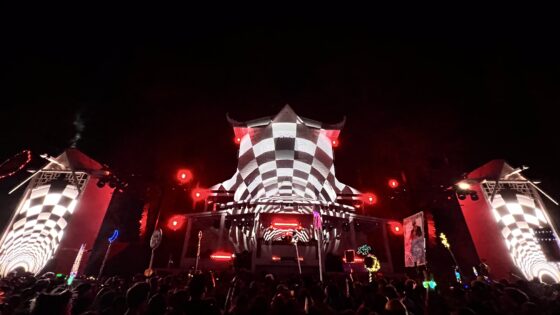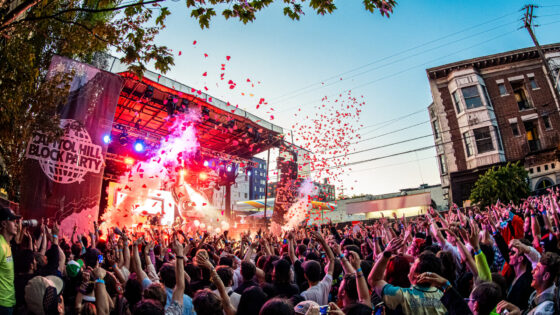Harm reduction usually gets linked to substance use, but it’s so much bigger than that. In our first conversation with Stacey Forrester, we explored how Good Night Out Vancouver is working with venues and nightlife spaces to shift the culture around safety and accountability. In our second, we looked at how festivals like Bass Coast are integrating harm reduction strategies to create safer environments.
But these conversations don’t stop when the music does. Good Night Out’s work extends beyond events—it’s about reshaping how we talk about safety, consent, and community care in everyday life. Stacey explains how these conversations are evolving and why harm reduction isn’t just for festival season—it’s for the real world.
We’ve already touched on this one a bit: harm reduction strategies are often associated with substance use, but they overlap with Good Night Out’s work. How do you integrate these principles into safety practices at festivals?
These two things have always overlapped for Good Night Out, but that wasn’t intentional—there’s actually a funny backstory. When I started Good Night Out, I was also working in harm reduction as my day job, and this was just a side project. In the early days, venues didn’t even want to talk about sexual assault—this was pre-2017 #MeToo, before that cultural shift.
Back then, we couldn’t even give away a free workshop. But the opioid crisis was really starting to take off, and that was what people wanted to discuss. So we framed our training as a nightlife safety workshop and promised Naloxone training—but only at the end. First, they had to sit through 45 minutes on preventing sexual harassment. That’s how we started, and as a result, we naturally became an organization that addresses both realities of nightlife and festivals.
Now, it just happens naturally. A festival might book a call with me wanting to talk about sexual violence, then ask, “Hey, you also do harm reduction, right?” Or someone reaches out about harm reduction and later asks, “Do you also know anything about preventing sexual violence?” Having our hands in both sectors has been an advantage because they’re so connected.
If you ask people what could ruin their festival experience, I guarantee some of the first answers will be: someone overdoses, someone gets sexually assaulted, someone’s drink gets spiked, someone has a bad trip, or there’s a creepy person on the dance floor. These are the real concerns. That’s why we’ve become a one-stop shop for many safety initiatives—it’s all connected.
Do you think music festivals have a unique responsibility or opportunity to address social issues like harassment, consent and mental health. If so, how?
Responsibility is an interesting word. Personally, I believe that anytime you bring people together for a collective experience, you should also look out for their well-being. Festivals want attendees to enjoy the music, the production, and even buy drinks. But it’s naive to think that mental health and safety aren’t deeply connected to those things.
What makes festivals unique is their specific risk factors. A well-being approach that works in a corporate setting won’t necessarily translate to a festival. The good thing is that event organizers are often creative thinkers, which allows for innovative approaches to safety, consent, and mental health.
Even if you take great care of yourself, it’s common to feel drained or grumpy on Monday—focusing on what went wrong rather than remembering the incredible experience. That’s why we created a post-festival mental health guide, helping attendees transition back to everyday life.
Ultimately, festival safety isn’t just about what happens on-site; it’s about creating a culture of well-being before, during, and after the event. The responsibility doesn’t end when the music stops.
How do you see the work done in nightlife spaces influencing the broader conversation around consent and community safety in everyday life?
This has been a priority for me since day one at Bass Coast. My job is to keep people safe while they’re on-site. But beyond that, I want to show that conversations about substances, risk, sex, and consent can be neutral, evidence-based, and part of everyday life.
At festivals whether it’s Bass Coast, Shambhala, or anywhere else, people often talk about a culture of acceptance and how good it feels. I want those conversations to extend beyond the festival. Many of us were raised with messages like “drugs are bad,” “people who use drugs are bad,” or “people who have a lot of sex should be ashamed.” I hope that when someone interacts with our team and experiences a judgment-free discussion, they carry that perspective into the real world. Maybe they repeat it at a house party next month, or at a show. That’s how real change happens.
Harm reduction used to be only for festivals, but that’s shifting. Nightclubs and venues now have their own harm reduction teams—Red Room in Vancouver does, and Bird House has a buddy system. That mentality started at festivals but has spilled into nightlife and beyond because patrons want to see it.
Oh, to be a fly on the wall for those conversations.
Yeah, we have an internal document that will never see the light of day—just a collection of the wildest things we’ve been told. Especially in the early days, we heard some unbelievable reasons why people didn’t think they needed a workshop. Like: “People don’t do drugs at our event.” And I’d think, alright, but you serve alcohol. Alcohol is a drug. So yes, there are people using drugs.
I once had a venue ask if our workshops were free because we had received funding. Another asked if our funding would pay for their staff to attend. Like, you’re getting a free workshop, and you expect us to pay your employees to be there? I get that financial barriers are real, but it also comes down to priorities. You wouldn’t expect someone to work for free: so why should we and why should your employees?
Yeah, it’s funny—anyone in BC who went through the DARE program should know that alcohol is a drug because they included that in the curriculum. But somehow, people still separate it from the conversation around illicit substances.
I use that analogy a lot. People once prohibited alcohol the same way they ban other drugs today. And guess what? People were dying—because they were making alcohol in their bathtubs, and it wasn’t safe. What stopped them from dying? Regulation. It’s the same concept today, but people struggle to see the connection.
I’ve had people say, “I’d never use drugs,” but then they go home and pour a glass of wine without a second thought. And look at “Wine Mom,” it’s a whole brand. You can buy T-shirts, mugs, entire merch lines around drinking culture. But imagine if those same shirts said “Cannabis Mom” or “Microdosing Mom.” People would lose their minds. That double standard is wild.
Yeah, that would never happen.
Yeah, prohibition is a whole other conversation. But its effects still shape the way people think about drugs, harm reduction, and public safety today.
Are there any upcoming projects or partnerships that you’re excited about that you think could push Good Night Out Vancouver’s mission forward?
Yeah, I can give you a little sneak peek. This spring, Good Night Out Vancouver, in collaboration with the City of Vancouver, will be launching an accreditation program for local venues and establishments. It’s essentially a checklist that venues can download, complete, and submit to us to demonstrate their commitment to safety. The City and Good Night Out will give stickers to venues that meet the standards, officially list them, and potentially recognize their efforts—which is really exciting for us. We’re still finalizing the details, but we’re aiming to launch in early spring.
That sounds really cool. When you mentioned that, the first concern that popped in my head was, couldn’t somebody fake it?
They definitely could, which is part of the work we’re doing now. So it won’t just be a matter of checking it off; you have to attach documents. If you check that you have a policy, you must attach it to your application and prove it exists. We’re framing it as we want people to pass: we’re not going to get that application and be like, “Nope, not good enough.” We’re going to review it and then get back to them and say, “I can conditionally pass you, but we just need to make a few tweaks to X, Y, and Z,” and then, you know, really work with them to help bring them up to the standard we would like them to be at.
That’s really exciting! Is that the main project that you have going on right now?
That’s our main collaboration right now. Beyond that, our programs are running as usual. We offer really affordable workshops, and this is the perfect time for venues and festivals to reach out since it’s a quieter season. Great shows are still happening, but festivals haven’t ramped up yet, making this the perfect time to train your team. Especially if your festival is in June.
Now’s the time to start planning, because if you reach out to me in May for a June festival, I won’t be able to do nearly as much for you as I could if you reach out now. This is the ideal time of year for events to ask, “What are our goals for 2025? What didn’t we do last year? And how can we improve moving forward?”
Important things happen in Pacific Northwest nightlife, and DMNW will send you alerts!






